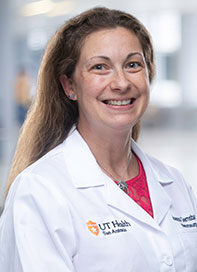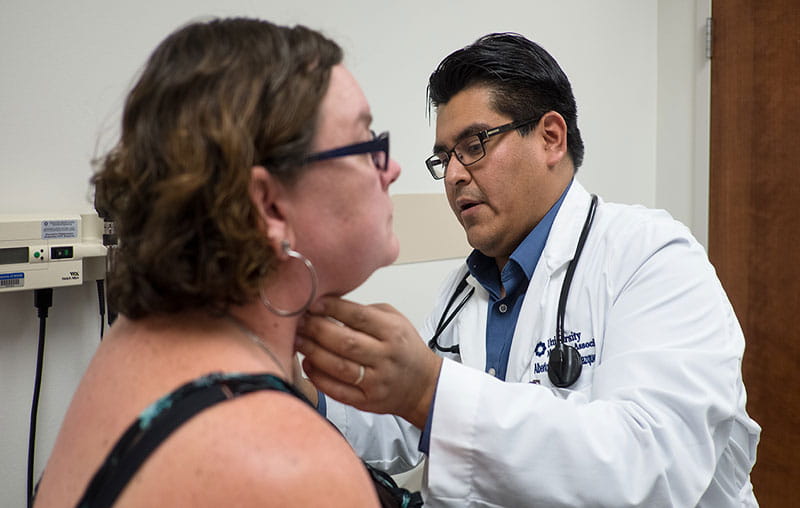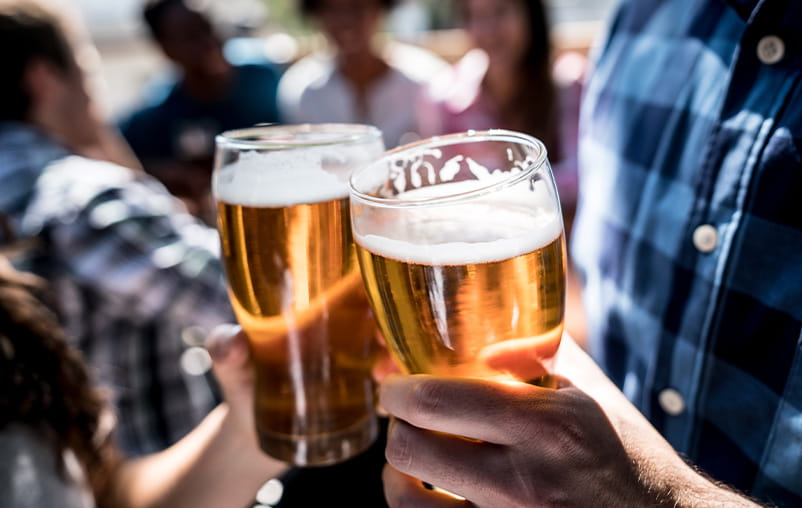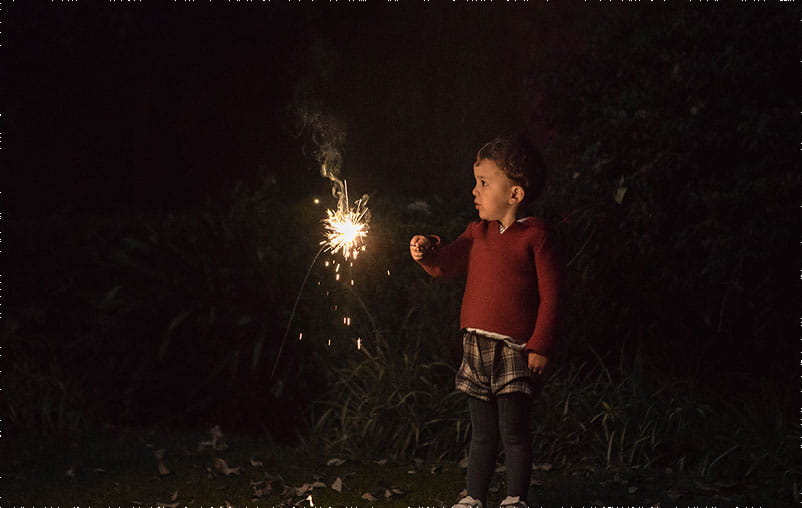Scoliosis is a curvature of the spine from side to side, making the spine look like a C or an S, instead of straight up and down. Scoliosis is found in 2-3% of children, and there are an estimated 3 million new cases found each year.
Types of Scoliosis and Their Causes
There are a few types of scoliosis:
- Congenital
- Idiopathic
- Neuromuscular
- Syndromic
- Degenerative (typically only in adults)
Idiopathic Scoliosis
Most cases of scoliosis in children and adolescents are idiopathic, meaning we don’t know what caused it. It is not caused by things like carrying a heavy backpack or having bad posture.
The majority of these cases are in adolescents, being found after age 10. It can run in families, although we don’t know how exactly. About 1 in 3 patients will have a family member who also has scoliosis.
Scoliosis is equally common in boys and girls, but scoliosis requiring treatment is more common in girls.
Neuromuscular Scoliosis
Neuromuscular scoliosis is caused by nerve or muscle conditions, like spina bifida, cerebral palsy or spinal cord injury. The likelihood of developing neuromuscular scoliosis depends on the specific underlying condition.
Congenital Scoliosis
Congenital scoliosis is uncommon, affecting 1 in 10,000 babies, or about 10% of all cases of scoliosis. It is caused by the spinal bones, or vertebrae, not forming correctly.
Syndromic Scoliosis
Syndromic scoliosis is also uncommon, and is caused by an underlying syndrome, like:
- Down syndrome
- Marfan syndrome
- Ehlers-Danlos syndrome
- Achondroplasi
The rates vary depending on the specific syndrome, but the scoliosis tends to occur in younger children than in idiopathic scoliosis, often under age 10.
Symptoms of Childhood Scoliosis
Most children with scoliosis won’t have symptoms, although some will have back pain. In severe cases, there can be problems with breathing.
Typically, someone will notice that the hips or shoulders are uneven, that there is a curve in the back, or that the ribs stick out on one side in the back. If you notice any of these asymmetries in your child, or if they have persistent back pain, it’s best to schedule a visit with the doctor.
Diagnosis of Childhood Scoliosis
After asking some questions, the doctor will do a physical exam. This will include checking if the shoulders and hips are level and if there are any prominences on the back. They may do an Adams’ test, where the child bends forward to touch their toes, and the doctor looks for any asymmetries.
If asymmetries are noted, that should prompt a set of spine X-rays to officially diagnose the scoliosis and get a measurement, followed by a referral to a scoliosis specialist. The specialist may order additional imaging, like a CT scan to look at the bones or an MRI to look at the spinal cord.
Because scoliosis is most common in adolescents, many doctors will start screening for it around age 10. It is also commonly screened for in sports physicals.
Treatment Options for Childhood Scoliosis
Most scoliosis is mild, 10-20 degrees, and only needs to be monitored. This is done with regular specialist visits and X-rays.
If the curve gets bigger, your doctor may recommend treatment, which happens in about 1 in 3 cases. Usually, the first line treatment is bracing. Some families do a special type of physical therapy called the Schroth method that is specifically tailored to each child.
If the curve continues to progress, or is over about 40 degrees, your provider will likely recommend surgery. For most kids, this will be a spinal fusion with rods and screws to straighten the spine. In younger kids, sometimes special growing rods are used that can elongate as the child grows, allowing the spine to straighten itself somewhat. This is typically followed by a spinal fusion when the child is done growing.
A newer option for kids who are still growing is called tethering. A rope is attached to the spinal bones to “tether” the convex side of the curve and allow the concave side to straighten out.
Sometimes a fusion is needed after tethering, but not always.
Living with Childhood Scoliosis
The vast majority of kids with scoliosis are able to live normal, healthy lives despite their spine curvature. Sports and other activities are not restricted – in fact, Usain Bolt has scoliosis.
Only one-third of kids will need treatment, and less than 10% need surgery, so don’t worry just because your child has a diagnosis of scoliosis. The most important thing is to reassure your child and be there to support them. Feel free to ask your specialist any questions you might have – that’s what we are here for.
Scoliosis Resources
Check out the Scoliosis Research Society for more information. If you have a daughter with scoliosis, check out CurvyGirlsScoliosis.com for support groups!
Scoliosis Care at University Health
If your child needs scoliosis treatment, you can trust the pediatric experts at University Health. Learn more about pediatric neurosurgery on our website.





